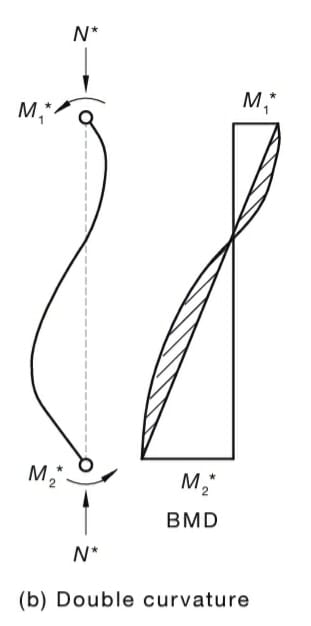I feel as though the most technically correct application of the limit would be to ensure that, at no location, does the second order moment at that location exceed the first order moment at that location by more than a factor of 1.4. In my mind, this best captures the spirit of the thing which, I believe, is to limit rampant moment amplification arising as a result of excessive column slenderness.
I can see how what I just described would be difficult to implement in routine practice however. I suspect that the more common implementation is to make the comparison between:
a) Max first order moment occurring at any location and;
b) Max second order moment occurring at any location that need not be the same location as [a].
As an aside, in practice, I've found that it takes a fair bit to generate slenderness problems in a meaningfully double curvature column.


